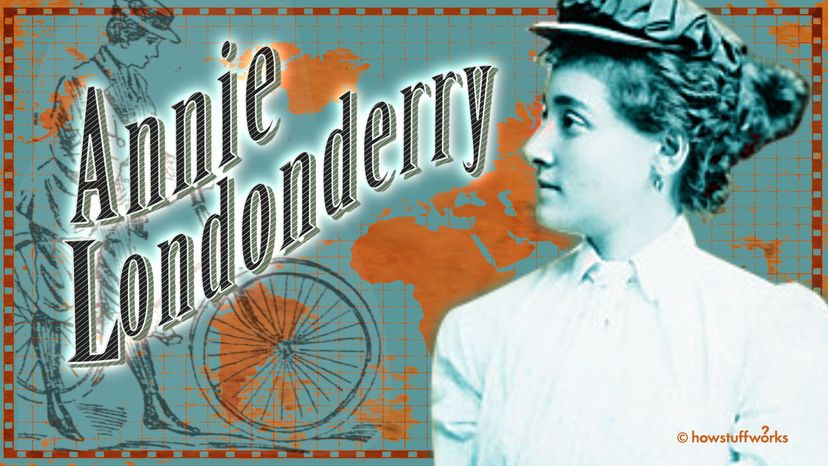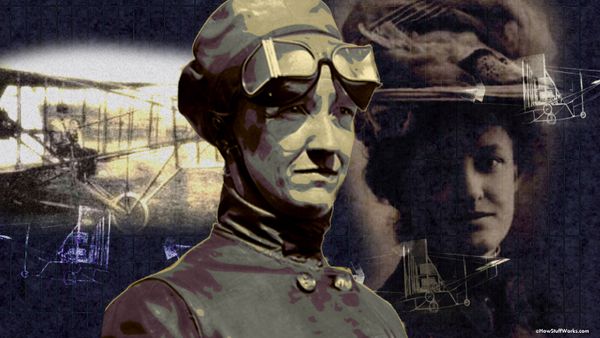Kopchovsky was born in Latvia in 1870 before emigrating to the United States and settling in the West End of Boston in 1875. She married Max Kopchovsky in 1888, who funnily enough was a peddler (get it? a peddler?). She had three children by 1892. At this point, millions of men and women had taken up cycling.
But not Kopchovsky, according to Peter Zheutlin, her great grandnephew, and the author of two books about his famous ancestor, "Spin: A Novel Based on a (Mostly) True Story" and "Around the World on Two Wheels: Annie Londonderry's Extraordinary Ride."
"She was a working mother of three small children, which left little time for a hobby such as cycling," he says, in an email interview.
She might've liked the break. The family lived in a tenement flat and, in addition to running a busy household with three children under the age of 6, Kopchovsky sold advertising for several Boston newspapers. She was by all accounts good at her job. Her husband — a devout Orthodox Jew — spent much of his time studying the Torah or attending synagogue.
In his book, "Around the World on Two Wheels," Zheutlin writes, "Many Jewish women worked as a matter of economic necessity, torn between what most saw as their principal obligation — raising families and instilling a love of Judaism in their children — and the need to feed and clothe those families." For that reason, Zheutlin says, hustle was an admirable quality — and Kopchovsky had hustle.
She had no doubt heard of Thomas Stevens, the British man who was the first person to cycle across the U.S. and the world in 1884, and would certainly have read the 1889 chronicle of intrepid New York World journalist Nellie Bly, who set out to beat the record of Jules Verne's fictional character Phileas Fogg, circumnavigating the world in 80 days (which Bly did, finishing in 72 days). But back to Kopchovsky.


